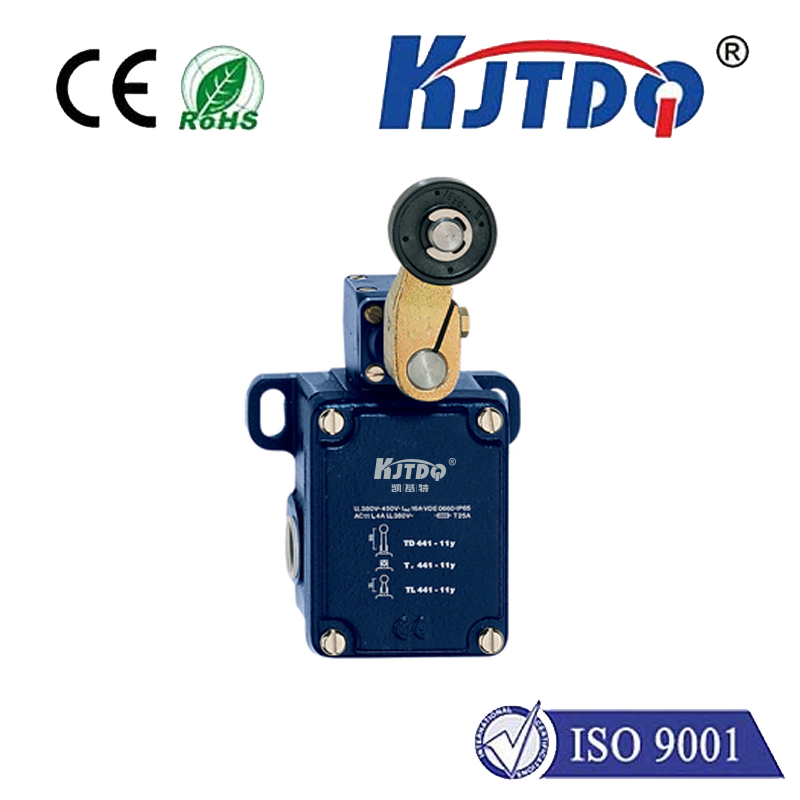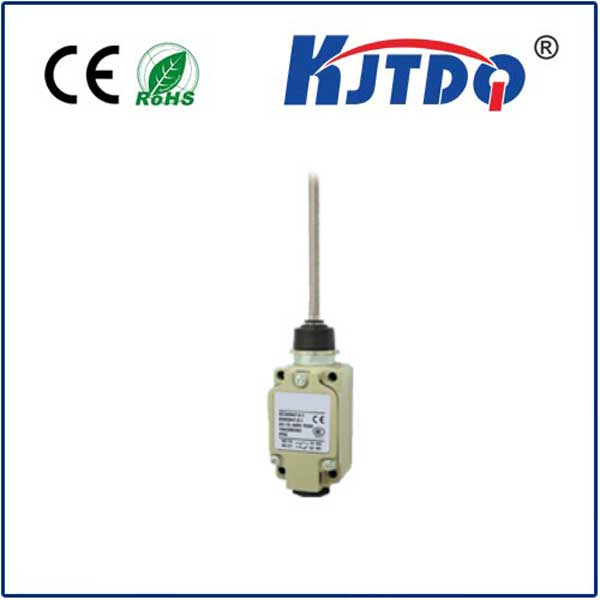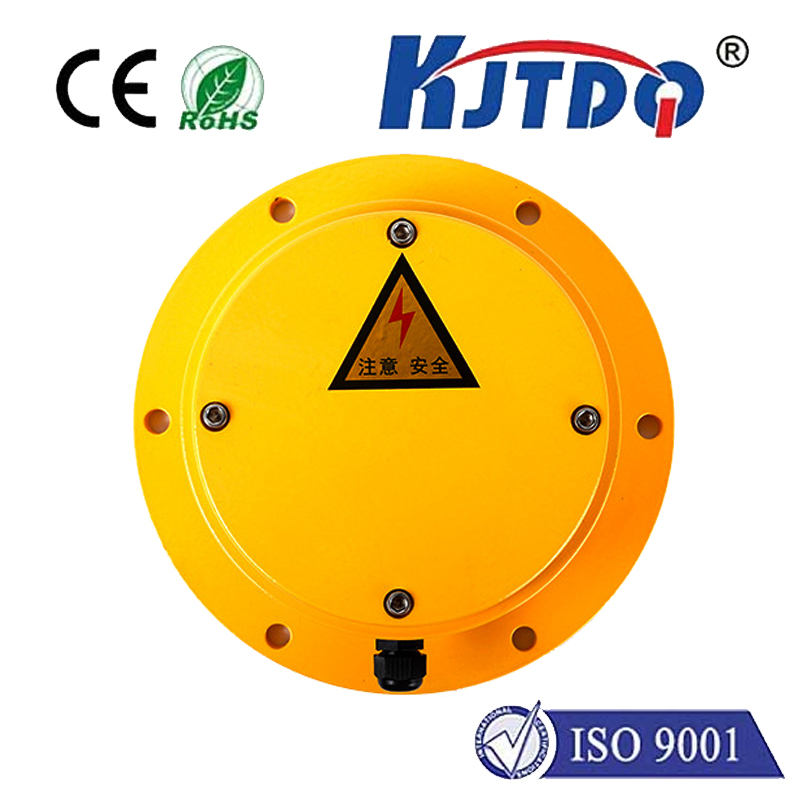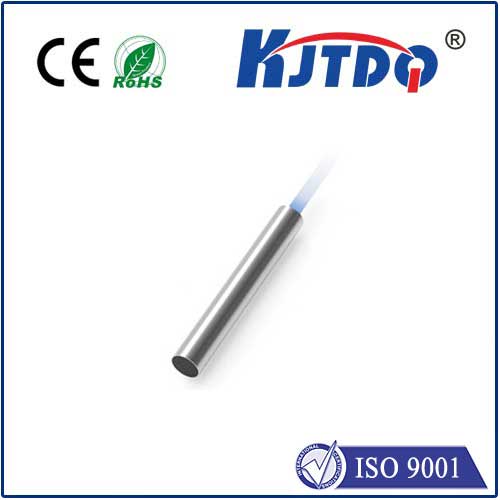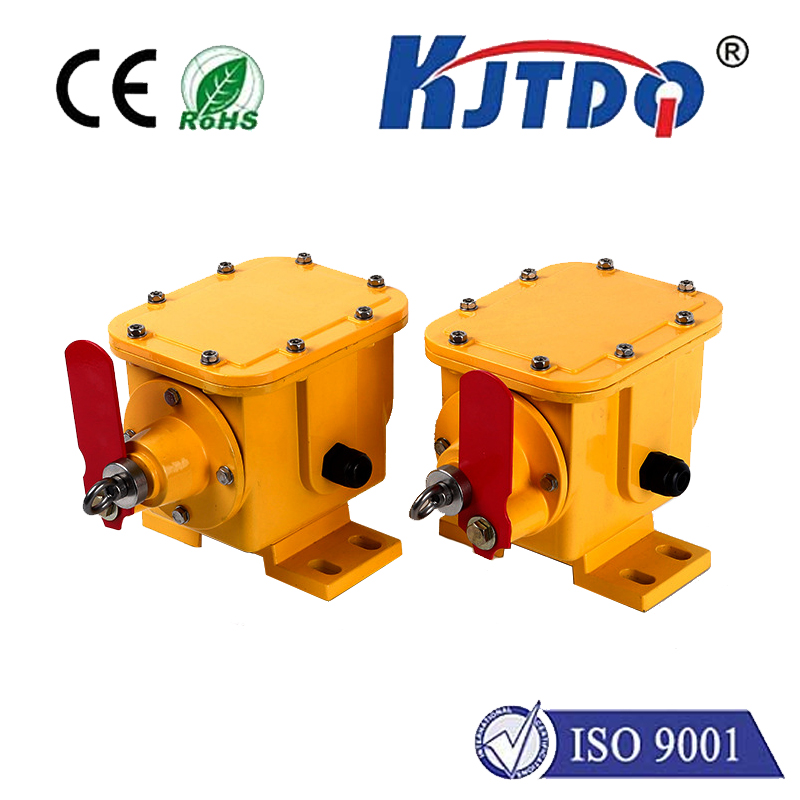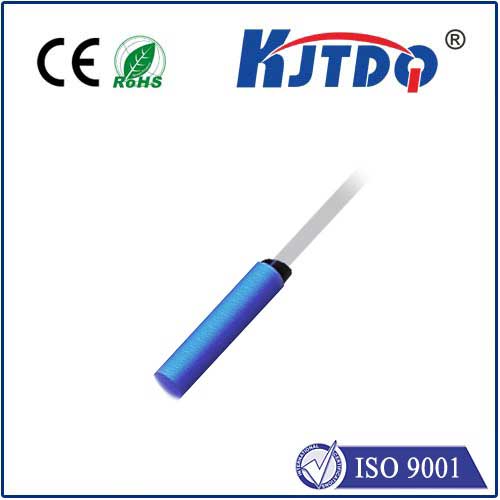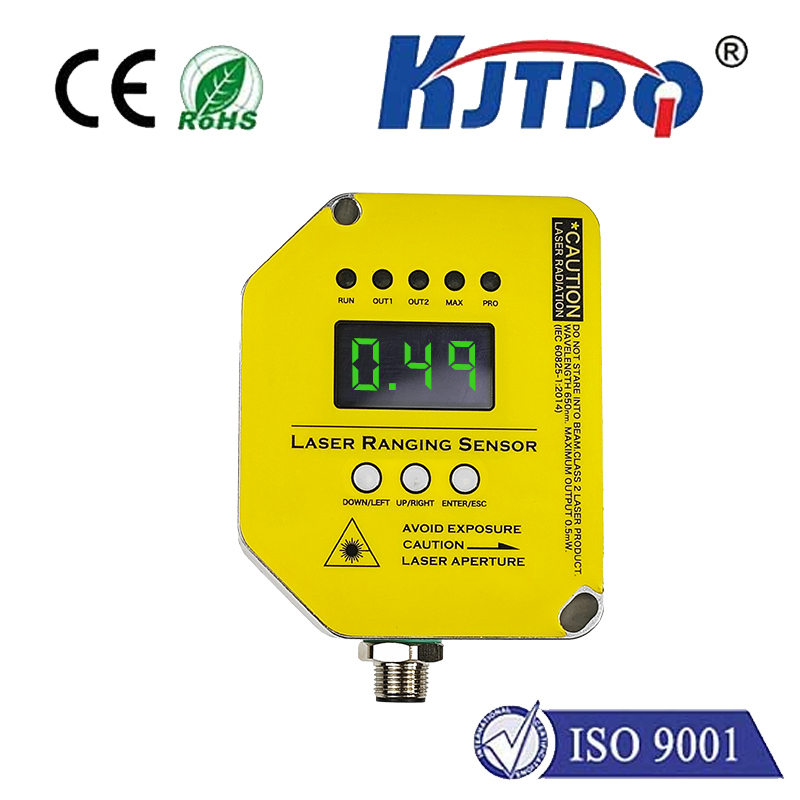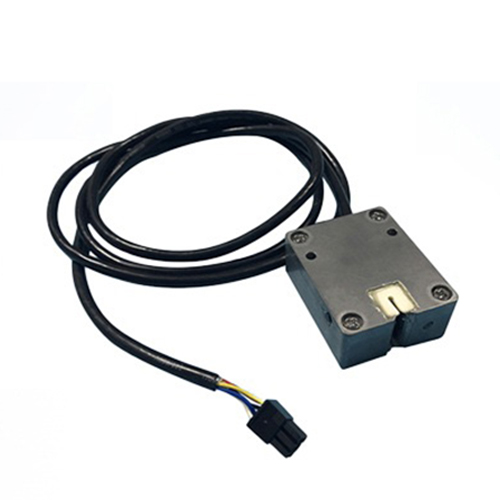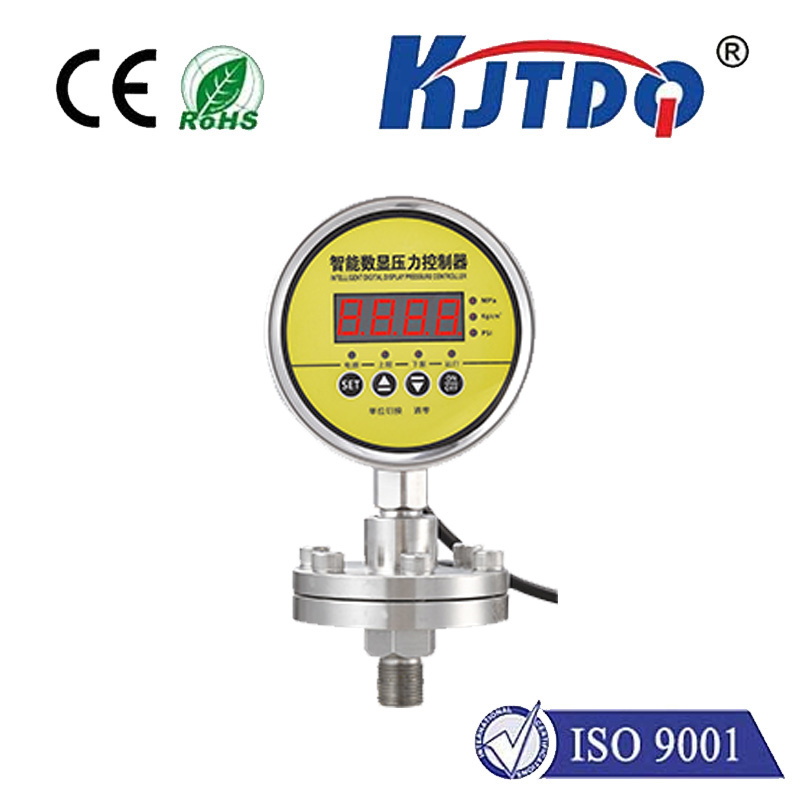

check

check

check

check

check

check

check

check

check

check
Title: Understanding Proximity Sensor Prices: A Comprehensive Guide Proximity sensors have revolutionized the way we interact with technology by enabling touchless control and automation across various devices. These sensors detect the presence or absence of objects without physical contact, making them indispensable in today’s digital world. However, understanding the factors that influence proximity sensor prices can help consumers make informed decisions when purchasing these essential components.
Technology Type: There are different types of proximity sensors, including capacitive, inductive, ultrasonic, and optical. Capacitive sensors are often used for touch-sensitive applications, whereas inductive sensors are ideal for metal detection. Ultrasonic and optical sensors cater to specific needs like distance measurement and object presence detection. The technology type significantly impacts the price due to varying complexity and application suitability.
Range and Sensitivity: The detection range and sensitivity of a proximity sensor directly affect its price. Sensors with longer detection ranges and higher sensitivities are generally more expensive because they require advanced components and manufacturing processes.
Brand and Quality: Just like any other electronic component, brand reputation significantly affects prices. Premium brands may offer better quality, reliability, and customer support but at a higher cost. Conversely, lesser-known brands might provide more affordable options, though potentially with varying quality levels.

Environmental Conditions: Proximity sensors designed for harsh environments—such as high temperatures, moisture, or chemical exposure—tend to be more expensive. Specialized materials and protective coatings add to the manufacturing costs.
Additional Features: Some proximity sensors come with extra features such as adjustable sensitivity levels, programmability, LED indicators, or compatibility with various communication protocols. These added functionalities typically result in higher prices.
When shopping for proximity sensors, it’s important to evaluate your specific requirements first. Consider the following questions:
What is the primary application? (e.g., industrial automation vs. consumer electronics)
What detection range and sensitivity are needed?
Are there specific environmental conditions to consider?
Do you need additional features?
What is your budget? By answering these questions, you can narrow down your choices and select a proximity sensor that best fits your needs and budget. Additionally, reading reviews and seeking recommendations from industry professionals can provide valuable insights.
The price of a proximity sensor is influenced by several factors—ranging from the type of technology and detection capabilities to brand reputation and additional features. By understanding these elements, consumers can make well-informed decisions and find the right balance between cost and performance. Whether you’re looking for a high-end sensor for specialized applications or a budget-friendly option for general use, knowing what to look for will ensure that you get the best value for your money. In the ever-evolving landscape of technology, proximity sensors remain a crucial component. With this guide, you’re now better equipped to navigate the market and choose a proximity sensor that meets your specific requirements and financial considerations.

